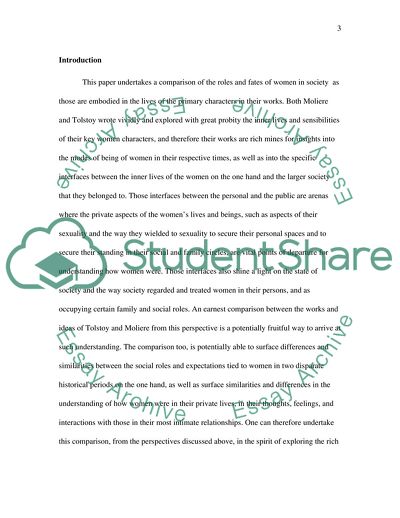Cite this document
(The Roles and Fates of Women in Society Case Study Example | Topics and Well Written Essays - 1250 words, n.d.)
The Roles and Fates of Women in Society Case Study Example | Topics and Well Written Essays - 1250 words. https://studentshare.org/sociology/1862288-comparison-between-moliere-and-tolstoy
The Roles and Fates of Women in Society Case Study Example | Topics and Well Written Essays - 1250 words. https://studentshare.org/sociology/1862288-comparison-between-moliere-and-tolstoy
(The Roles and Fates of Women in Society Case Study Example | Topics and Well Written Essays - 1250 Words)
The Roles and Fates of Women in Society Case Study Example | Topics and Well Written Essays - 1250 Words. https://studentshare.org/sociology/1862288-comparison-between-moliere-and-tolstoy.
The Roles and Fates of Women in Society Case Study Example | Topics and Well Written Essays - 1250 Words. https://studentshare.org/sociology/1862288-comparison-between-moliere-and-tolstoy.
“The Roles and Fates of Women in Society Case Study Example | Topics and Well Written Essays - 1250 Words”. https://studentshare.org/sociology/1862288-comparison-between-moliere-and-tolstoy.


